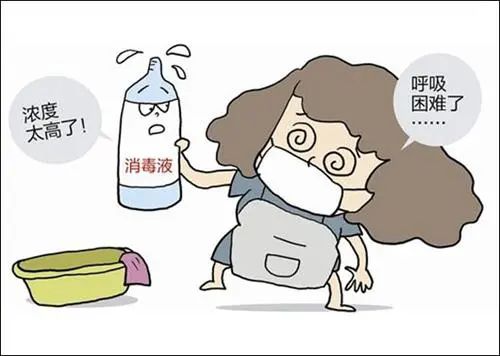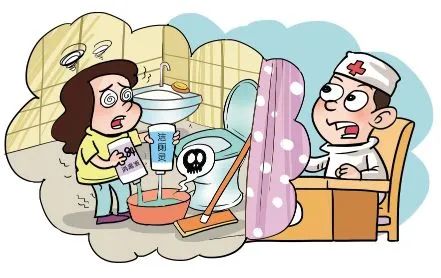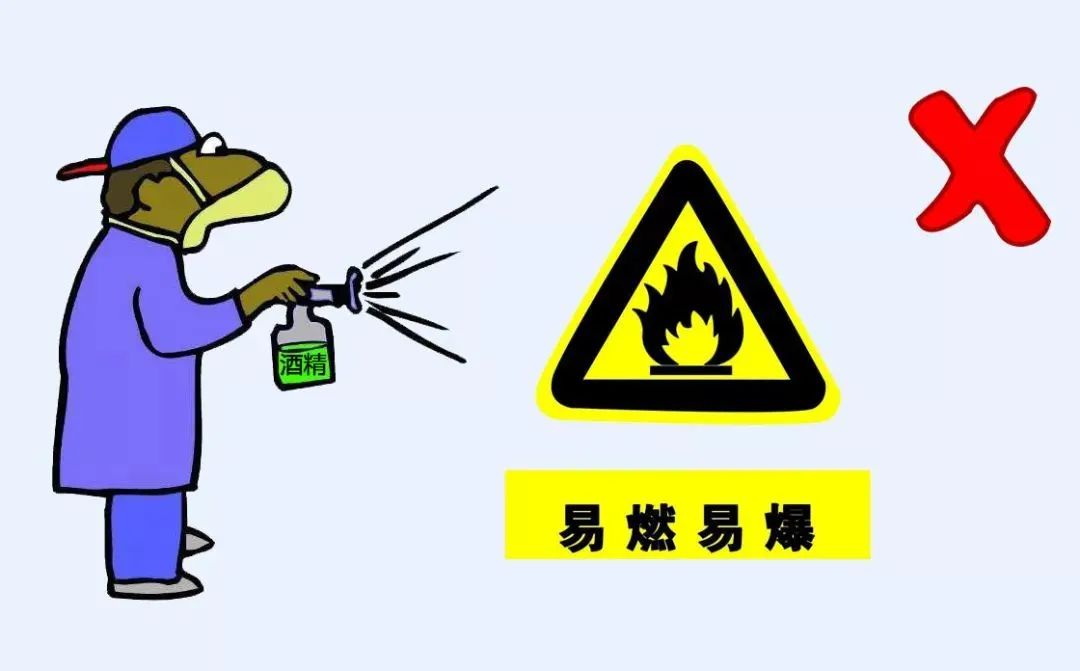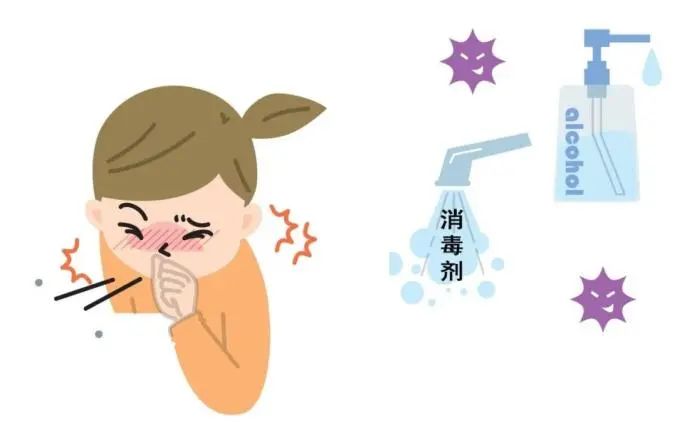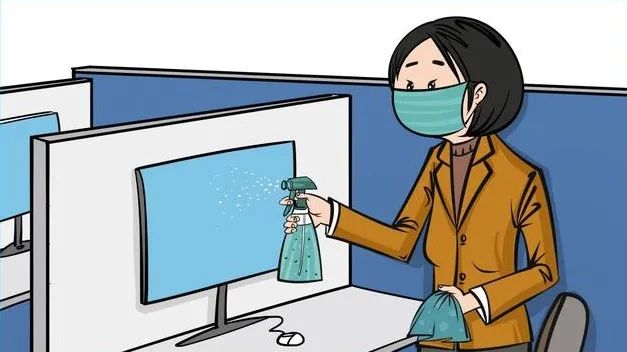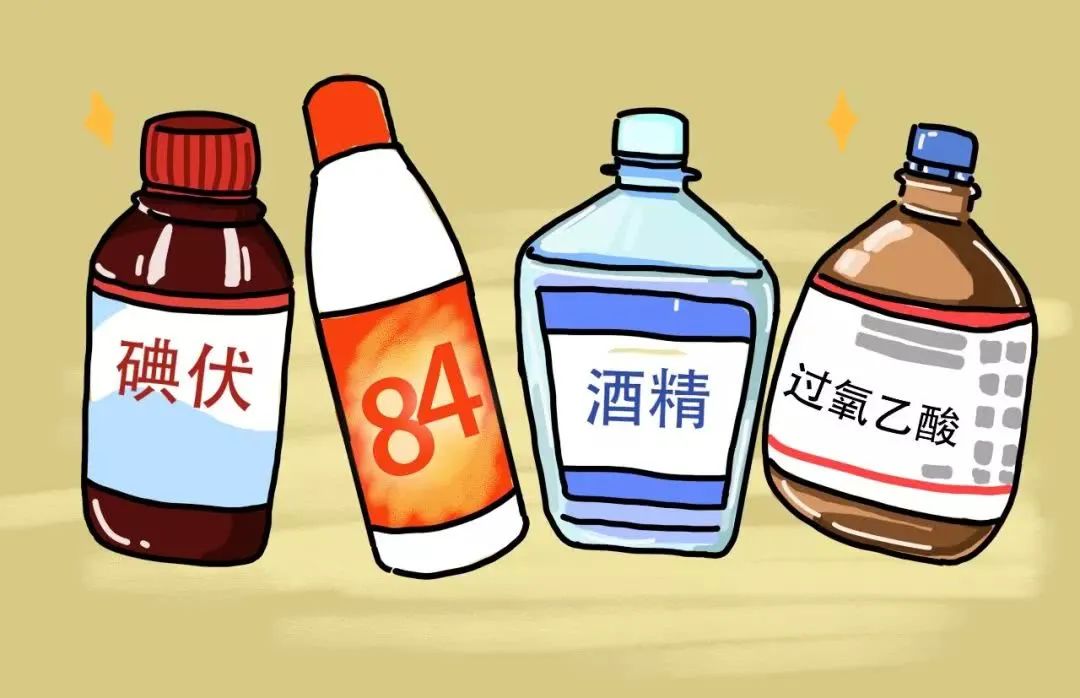During the event, everyone bought what they liked, such as food, useful things, clothes and, most importantly, personal epidemic prevention and control supplies, such as masks and disinfectant.
We all have a certain understanding of the delivery collection process and the relevant norms of "do not touch before taking, but disinfect after taking" under the normal epidemic prevention and control. Today, let's talk about some precautions for home disinfection after receiving disinfection supplies.
Myth.01
A
Myth.02
A
Myth.03
A
Myth.04
A
Myth.05
A
Myth.06
A
Myth.07
A
Myth.08
A




